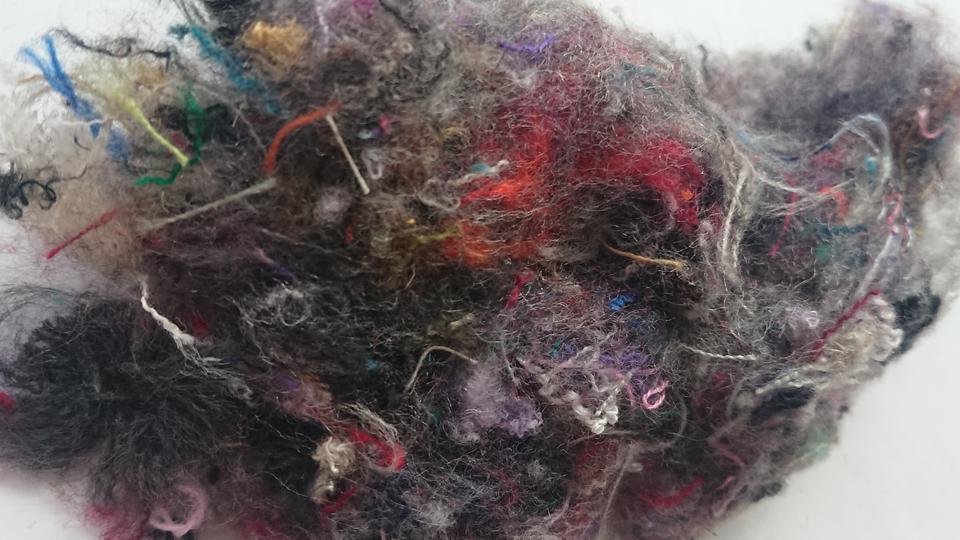
Decreased microplastics emissions in the Chinese textiles industry
China has the world's largest textile production and accounts for more than two thirds of the global consumption of chemical fibres. It's estimated that synthetic textiles contribute to a global discharge of 0.2 - 0.5 million microplastics into the oceans every year. The PRO-MP project aims to reduce the amount of microplastics discharge through new purification methods.
In March 2021, IVL China recieved 2 million Norwegian crowns from Handelens Miljøfond (Norwegian Retailers’ Environment Fund) for the PRO-MP project. Focusing on the challenges below, the overall goal was to contribute to the reduction of microplastics discharge from the textile industry in China.
Challenges in the project
To implement the project, a number of challenges were identified:
- Limited amount of data on microfibers released directly from textile production processes
- Limited amount of data on removal efficiency of microfibers by textile industrial wastewater treatment plants
- Few previous attempts to reduce microfibers
- Large amounts of wastewater discharged
As a first step, studies were carried out in textile factories. They showed that the pre-treatment process of textiles generated more microplastics than the dying and finishing processes, most of the microplastics were less than 100 microns (living cells are about 10 microns) and that the most common type of microplastic is polyamide. When examining the dyeing and print processes, it was found that compared to the traditional dyeing processes, a new method can produce significantly lower amounts of microplastics.
Coagulation and filtration
In the waste treament plants belonging to textile factories, three-stage treatment methods are commonly used. The process begins with coagulation to remove solid particles, followed by sedimentation in two stages and finally filter processes. IVL China's technology test showed that:
- Common coagulants such as FECI3, PFC and PAC are more effective in removing particles larger than 50 microns
- FECI3 was slightly more effective than other agents
- A single sand filtration process can remove approximately 20.6 and 13.3 percent of microplastics from the influent and effluent respectively
- Coagulation and sand filtration removed 71 percent of all microplastics in the influent, entailing that the combination can be used to remove microplastics from textile wastewater
Contact us
